Hello readers, welcome to our bee blog! If this is your first time stopping by, you probably have a colony of bees in or on the wall of your home. Maybe you just noticed them in an area you rarely walk by on the outside your house. Perhaps you just saw the swarm fly in and invade a vent into your home. Whatever the case, the first thing that probably crossed your mind was “How much is it going to cost to fix this problem?”
I get this question a lot when answering the phones here at Bee Best Bee Removal. “How much do you charge for a bee removal?” is usually how it is phrased. The problem with this question is that there isn’t enough information to answer the problem accurately.
Take, for example, when your car breaks down. You wouldn’t call a mechanic and ask “How much will it cost to fix my car?” The mechanic will need more information before being able to give an estimate. Is it the radiator, the engine, or just a fuse? The same is true of bee removal.
So what do you need to know in order to get the cost?
There are three main factors that determine the cost of bee removal from a wall:
1. Are the bees on the interior or the exterior of the wall?
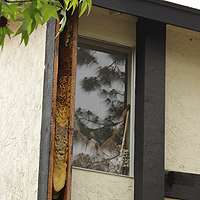
Bee Hive Inside Wall of a House
If you can see a cluster of bees or a hive, they are usually on the exterior. Let’s say you don’t see a large ball or any honeycomb on the exterior. Instead you notice activity near a vent, a hole, or a crack in the wall. The bees seem to be going in and out of the wall. If you only notice a few going in and out of the wall, there is likely a swarm or hive in the interior of the wall. So why does this matter? Removing a swarm or hive off of the exterior of a wall is almost always less expensive than if the bees are on the interior. Why? If you want to remove the bees alive, the wall needs to be opened in order remove the queen and the rest of her colony. Obviously opening a wall and repairing it again is much more costly than removing the bees off the exterior.
2. How long have the bees been on or inside the wall?
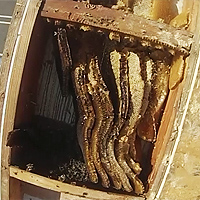
Old Hive Inside a Roof
The cost of bee removal is almost always less expensive if you resolve the problem quickly. The longer you wait, the bigger the hive. The bigger the hive, the more defensive the colony. Once a swarm has had a chance to build a fully established hive, removing it becomes much more difficult. If you wait too long to resolve a bee infestation in your wall, the likelihood of a live removal is greatly reduced and/or the cost goes up.
3. What types of materials and structure are involved?
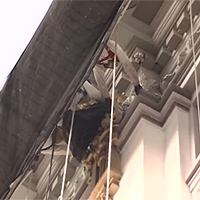
High Rise Bee Removal
Are the bees 40 feet up on the 5th floor of a high rise? Can you walk right up to them without a ladder? If the structure needs to be opened, what types of materials will need to be opened? Is it a wood, stucco, or brick wall? Will it need to be opened from the drywall on the inside? All of these factors have an impact on the cost. The easier it is to get to the bees, the less costly it will be.
So what is the secret to keeping the cost of bee removal to a minimum? The best way is to prevent them from entering the structure by having your home bee proofed. Bee proofing and bee exclusion work includes screening off vents with 1/8 inch metal screen. Another measure is to silicone holes and cracks on the wall before bees have a chance to invade. Be sure to take notice of any holes where cables, wire, or pipes enter the structure. Seal off any gaps that surround cables or pipes.
If bees still manage to get in or land on the wall, take action quickly. It only takes about 3-4 weeks for a bee swarm to set up a fully established hive. Catching the problem early may end up saving you hundreds (sometimes thousands) of dollars.
Take a look at the video clip below. It shows a live bee removal off of a stucco wall near some attic vent holes. Because the owner called us right away, we were able to save the bees without opening the stucco wall.

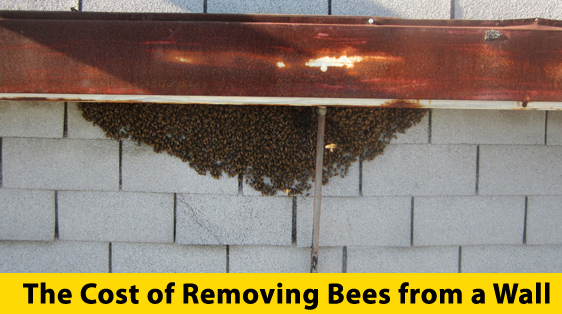


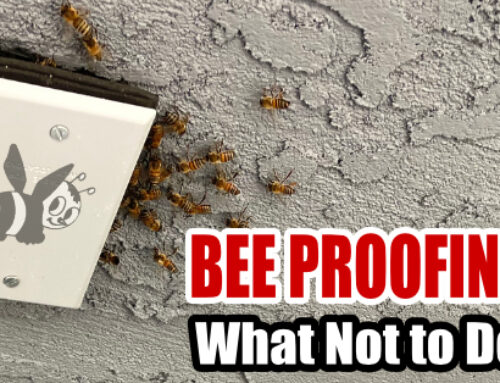
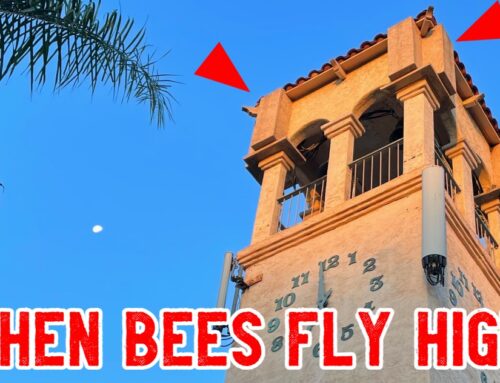
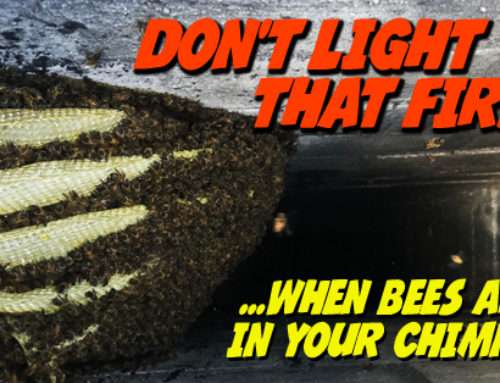

It’s interesting to know that when it comes to determining how much it might cost to have bees removed, that there are different factors that need to be taken into consideration. I like how you pointed out that we need to look at what type of material is involved in opening and getting to it, which makes sense so that we will know if we will need to pay more or not. One thing we will have to do is call around to different pest control companies to see what they offer for different things like that.